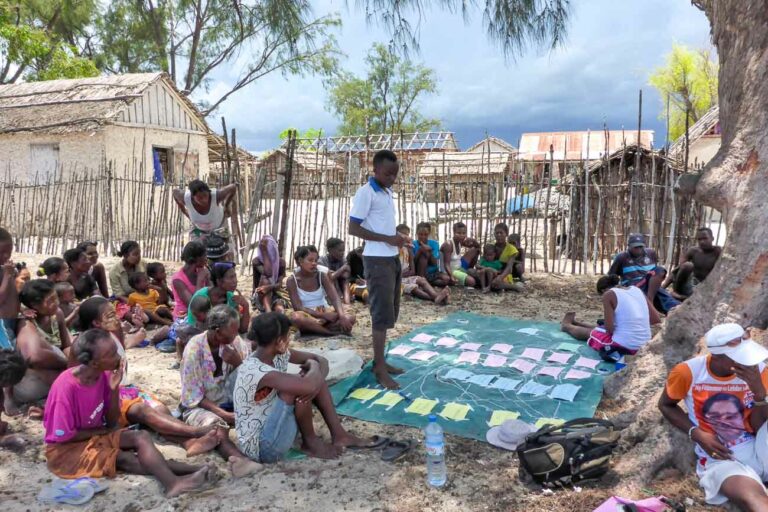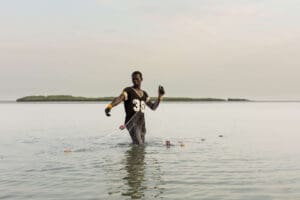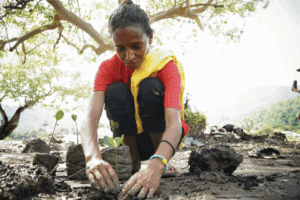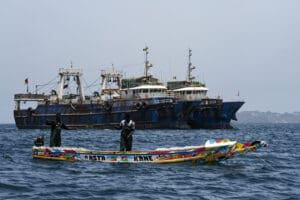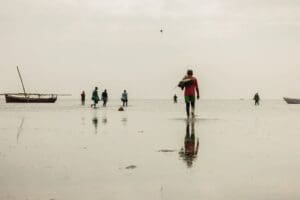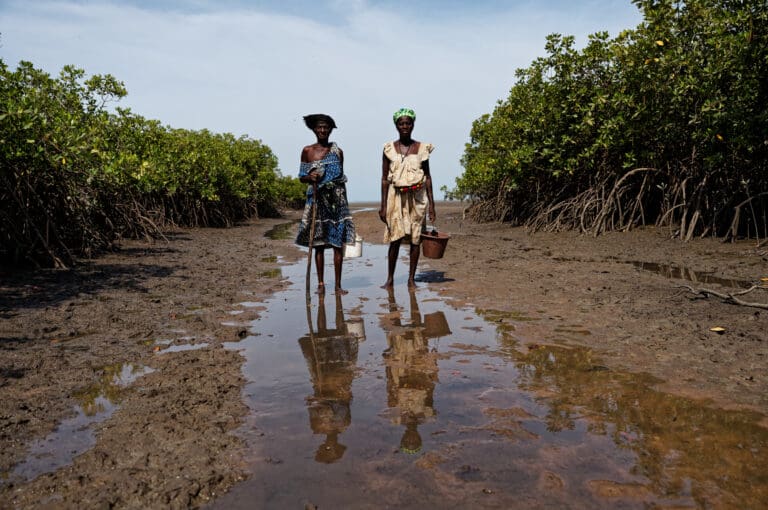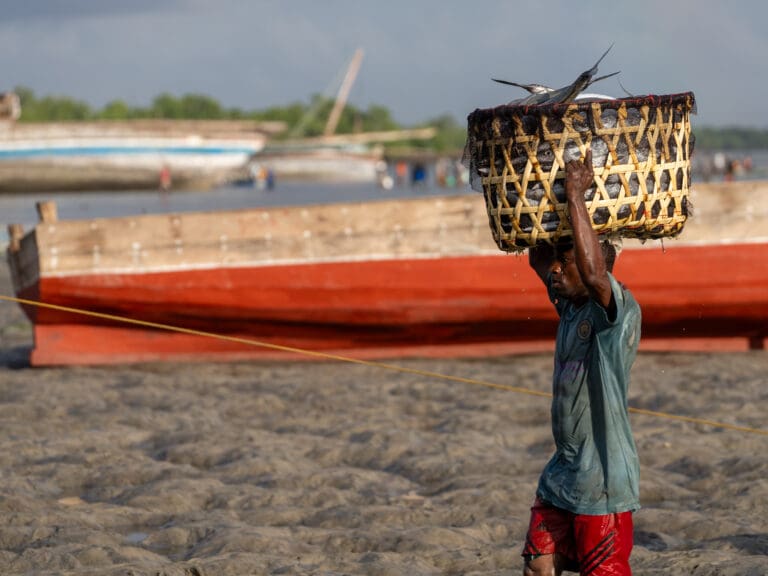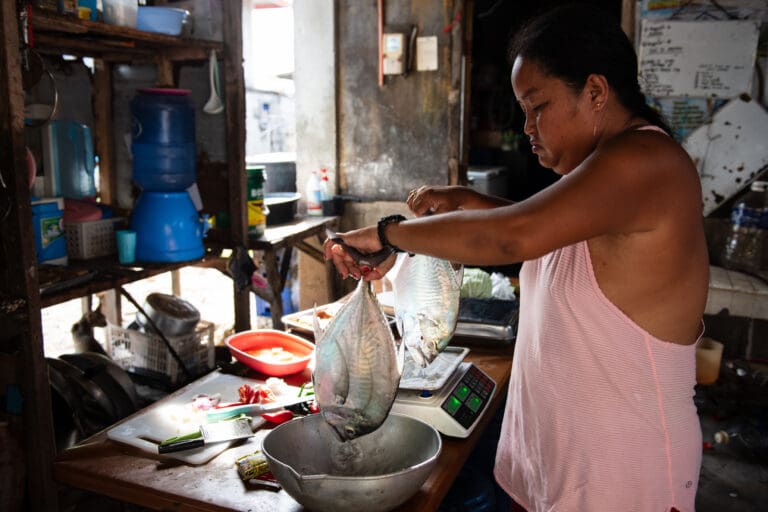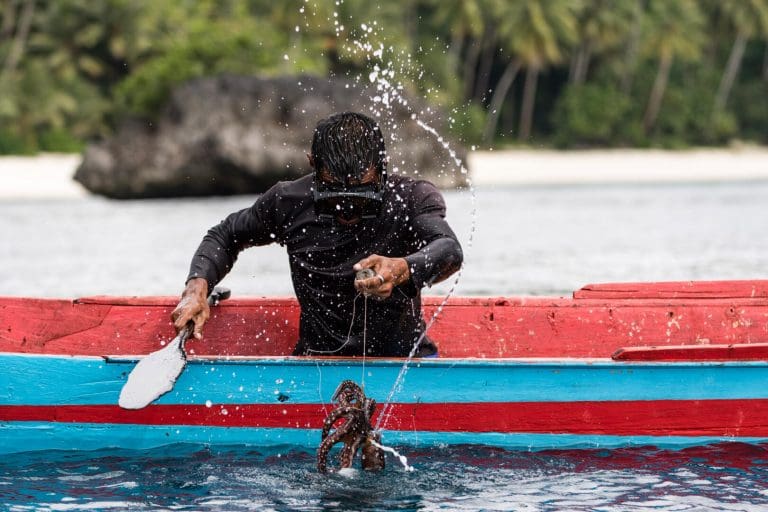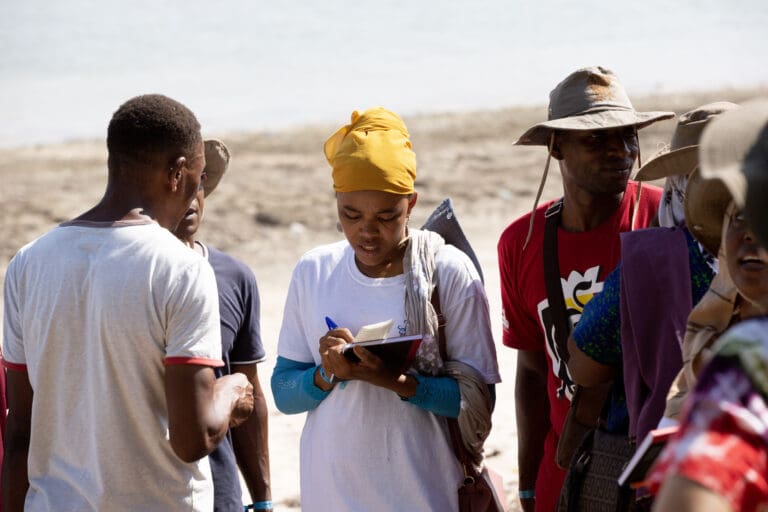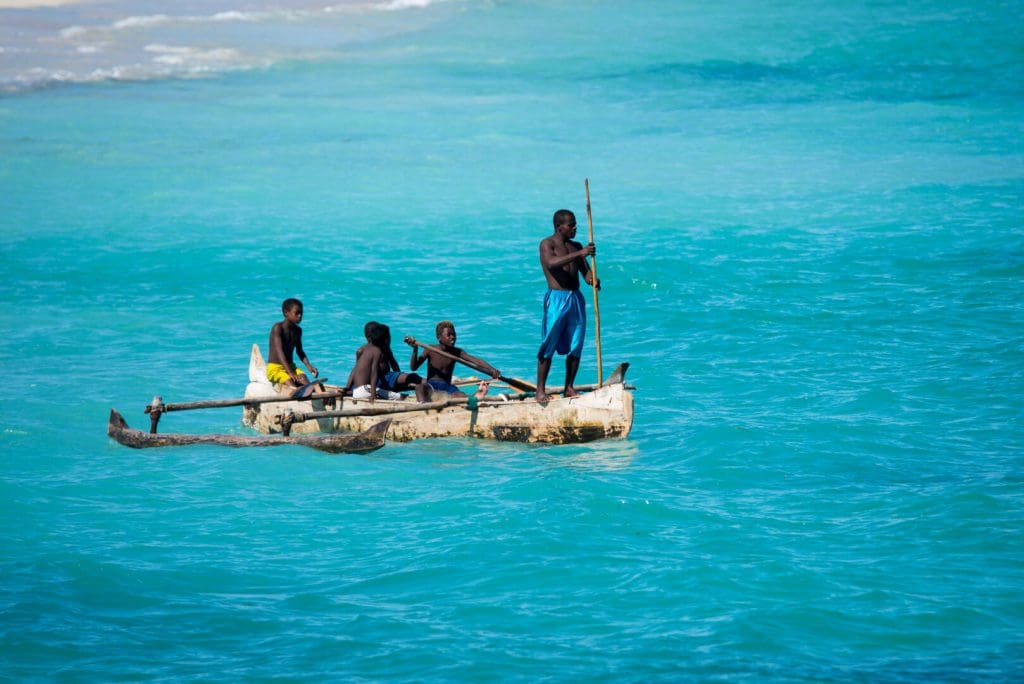New research published in the journal Ocean and Coastal Management aims to help organisations engaged in community-based marine management and conservation initiatives to successfully employ participatory methods in developing their programmes.
When it comes to the management of natural resources, it’s now widely recognised that the local communities who rely on them for food and income should be involved throughout the planning and decision-making process. An increasing number of organisations are using participatory approaches to design management plans that work for communities, increase their sense of ownership over the project, and improve levels of compliance with mutually agreed rules and regulations. However, there are currently very few published accounts of how to successfully employ this approach.
This study aims to fill that gap by describing the two participatory approaches used by Blue Ventures’ Blue Forests team while facilitating a community-based payments for ecosystem services initiative in the mangroves of the Baie des Assassins (known locally as Fagnemotse) in southwest Madagascar.
In the first stage, the team worked with communities from ten villages to carry out participatory mapping of land and resource use across a mangrove forest covering 1,507 hectares. This provided detailed and highly accurate information about the spatial distribution of mangrove resources and livelihood activities.
The second stage involved carrying out concept modelling workshops, a process which helps the managers to understand the pressures faced by mangroves and the factors that work together to drive degradation of the mangroves. Together community members and Blue Ventures staff developed a graphic tool representing all of these factors, allowing communities to design management strategies to protect mangrove resources and support local livelihoods.
These participatory methods encouraged participants to consider their impacts on the mangrove social-ecological system. Although catalysed by a foreign NGO, the project was participatory from its initial stages and the preferences of mangrove users have underpinned the development of a management plan for the Baie des Assassins.
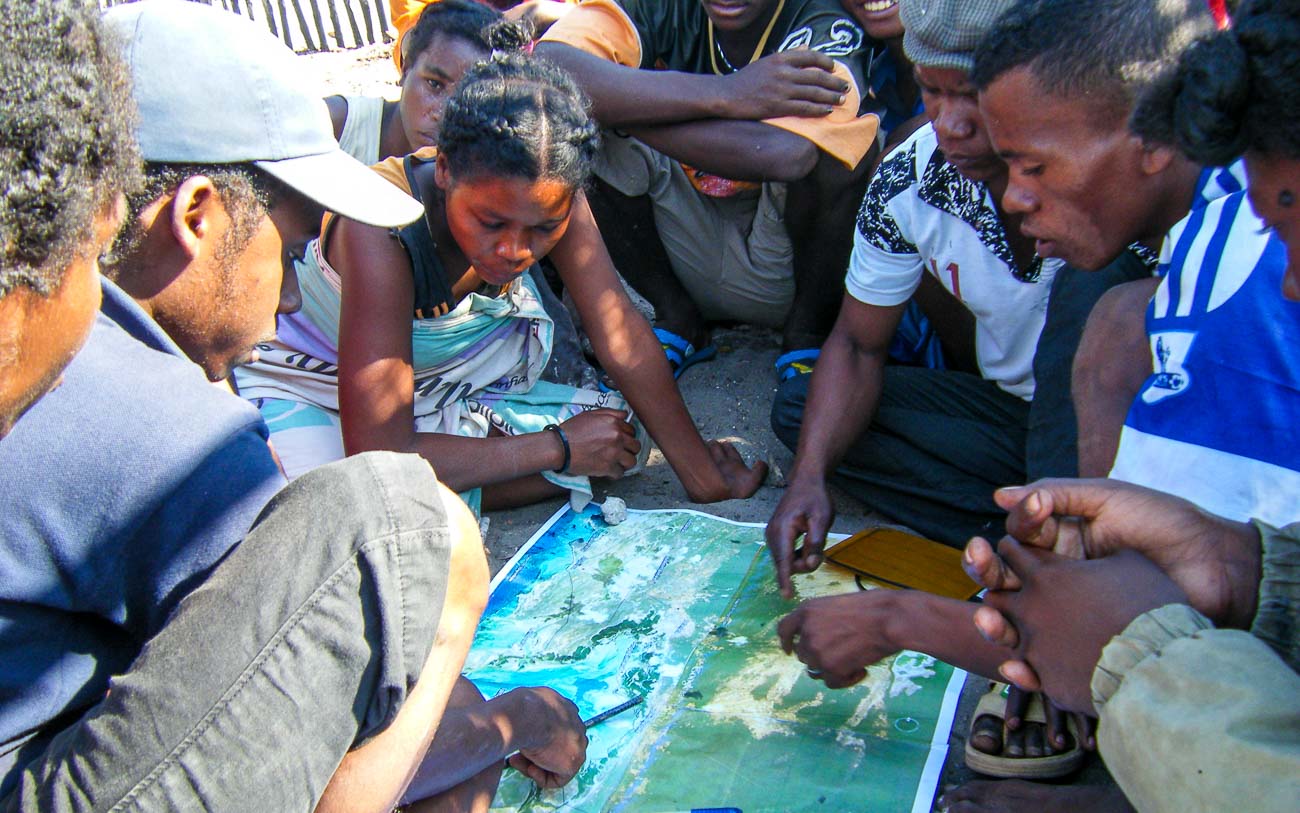
The communities, with support from Blue Ventures, have since implemented these management strategies, including the creation of a dina (a customary local rule that is legally recognised) to govern mangrove resource use; the establishment of alternative fuelwood plantations and mangrove reforestation activities; and the development of supplementary livelihoods such as beekeeping.
Cicelin Rakotomahazo, the article’s first author, said, “This approach is powerful because communities are involved right from the start, contributing their own knowledge and expertise to improve the management of their local resources.”
Download the full article: Participatory planning of a community-based payments for ecosystem services initiative in Madagascar’s mangroves
Please contact [email protected] for information about this research.

